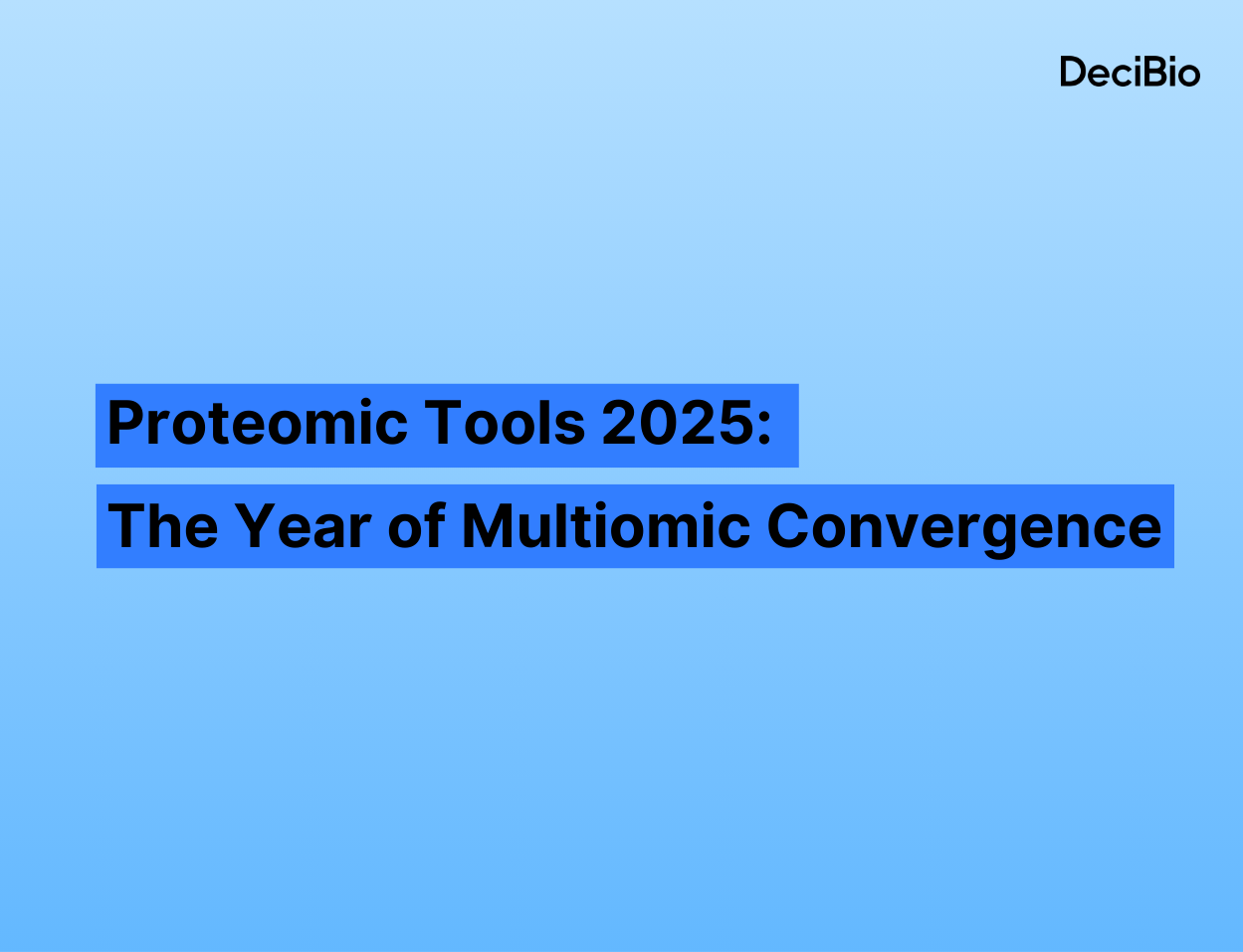Los Angeles, CA April 11th 2014 – Several exciting themes were presented at this year’s American Association of Cancer Researchers (AACR) meeting. Large pharmaceutical companies including Pfizer, Eli Lilly and Merck presented some exciting data on their oncology pipeline (CDK 4/6 inhibitior, palbociclib and PD-1 agents).The dominant undercurrents focused on cancer heterogeneity, identifying and treating sub-clonal populations of cancer cells which lead to therapy resistance, and immunotherapy / immuno-oncology. Major technological advancement in these areas is expected in the next few years as these approaches make their way into patient care.Noteworthy emerging technologies in this space are high throughput massively parallel cell characterization approaches. Garry Nolan presented very interesting work using antibodies labeled with heavy metals followed by mass spectroscopy (mass cytometry) to study the expression of several hundred proteins simultaneously across thousands of cancer cells. This technology identified subclonal populations and internal signaling networks within the subclones that may have treatment ramifications. This technology is being commercialized and is currently in use in several pharmaceutical companies.With that said, NGS remains front and center. Researchers have appreciated for many decades that tumors contain subpopulations of genetically distinct clones, some of which are resistant to treatment. Only recently with the advent of next generation sequencing (NGS) technologies have researchers been able to study these populations in great depth. It was clear at the conference that the push towards NGS continues for oncology researchers. This is demonstrated by the large number of grants offered by the Pancreatic Cancer Action Network (PCAN) and AACR this week, as part of a ~$5M “funding round”.There remains a divide in the platform world between the whole exome / genome camp (dominated by Illumina) and the targeted panel camp (apparently much more competitive, with Ion giving Illumina a run for its money). Several researchers commented in talks that their targeted panels were so small and they were doing only one patient at a time so “Ion just makes sense for us”. Illumina seems to be reinforcing this notion. Illumina representatives consistently emphasize the need for more whole genomes. Purchasers of the X10 systems will find themselves contractually obligated to use them only for whole genome analysis. Illumina reps believe that whole genomes is the direction the market needs to go. When asked about targeted panels Illumina acknowledged that they face stiff competition in this space. For example, MATCH, a trial by the National Cancer Institute (NCI) will use Ion Torrent’s PGM to match patients to appropriate arms of clinical trials based on their genetic profile.As we previously commented, the continued interest in panels has generated a number of opportunities for players not offering a sequencer. For example, on Monday at the conference, Raindanceannounced the availability of its Thunderbolt cancer panel. These kits enable the analysis of a subset of 50 genes for <$100 per sample and can run on a $50,000 Raindrop platform.Conversations with Roche highlighted their desire to get back into the sequencing game. While 454 is going to be discontinued in 2016, Roche representatives discussed partnering with PacBio for clinical sequencing applications and that a new Roche sequencer is in the works. They wouldn’t give more information about it aside from saying that the new technology will not be through an acquisition but rather internal development. We look forward to more releases.Several speakers also discussed the role of the Global Alliance for Genomics and Health (GA4GH) in shaping the way researchers and the community interacts with large scale NGS data. David Haussler discussed the need for developing API’s to access data and bringing the algorithms to the data. GA4GH is partnering with major players in the cloud computing space to help realize these goals.As mentioned, Immunotherapy was a major focus of the meeting. Researchers are beginning to target the immune system directly, instead of the tumor, in the hopes of generating lasting remission and tumor eradication. This is achieved by preventing the tumor cells from inducing cell death in cytotoxic T-cells. While PD-1 inhibitors have shown limited clinical benefit, some complete and sustained remissions are observed. The limited efficacy is expected because of the many inhibitory molecules present on T-cells aside from PD-1 receptor. Now researchers are planning combination therapy simultaneously targeting multiple inhibitory pathways and simultaneously activating tumor cell lysis. This combined approach is expected to activate a sustained immune response. “Three T-cell agents, a cytolytic agent, and perhaps a chimeric antigen receptor might just do the trick,” said a biotech company founder. The benefits of combination therapies are not limited to immune targeting as several studies demonstrated that combination therapies targeting both the bulk tumor and dominant resistance mechanisms was able to overcome drug resistance caused by tumor heterogeneity and evolution.Adverse events from these protocols tended to be immune related, which could be managed, ironically, by dampening the immune system.Technologies which will benefit from these new approaches include antibody manufacturing, cytometric and immune cell monitoring technologies, and perhaps chimeric antigen receptor or viral manufacturing technologies.

Authors: Kyle Covington (NGS consultant) & Stephane Budel, Partner at DeciBio, LLCConnect with Stephane Budel on Google+https://plus.google.com/+StephaneBudel



.png)


